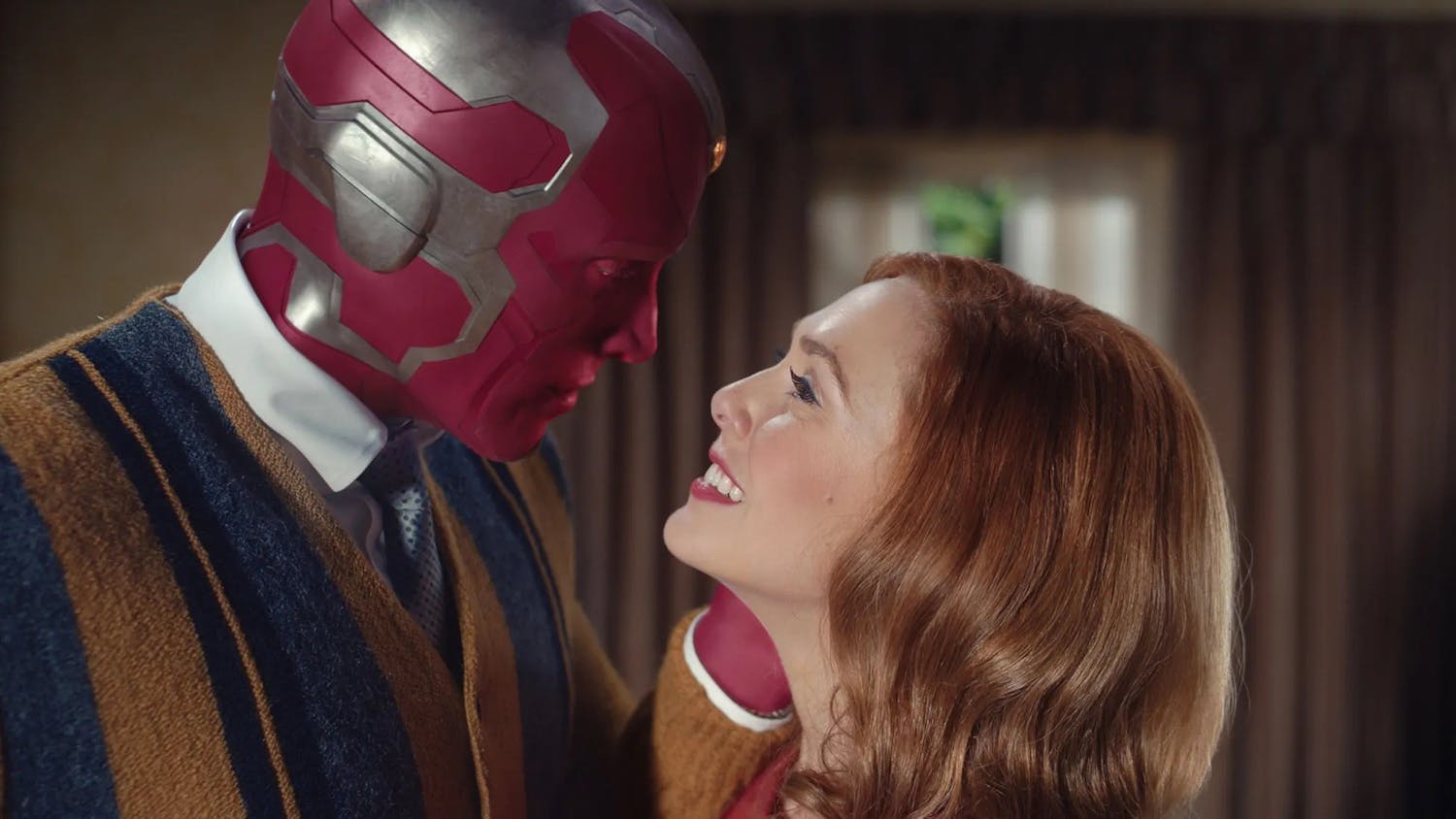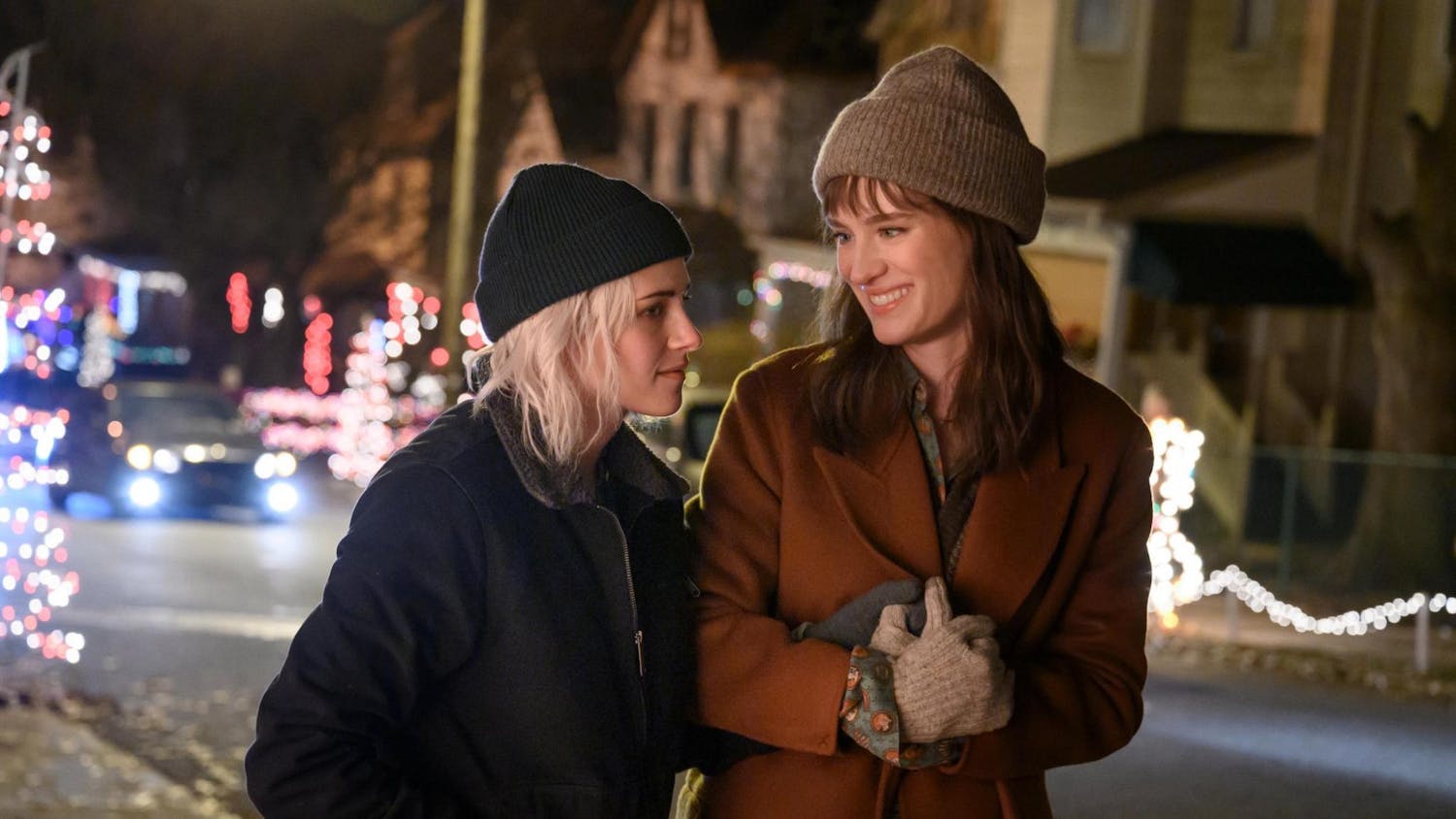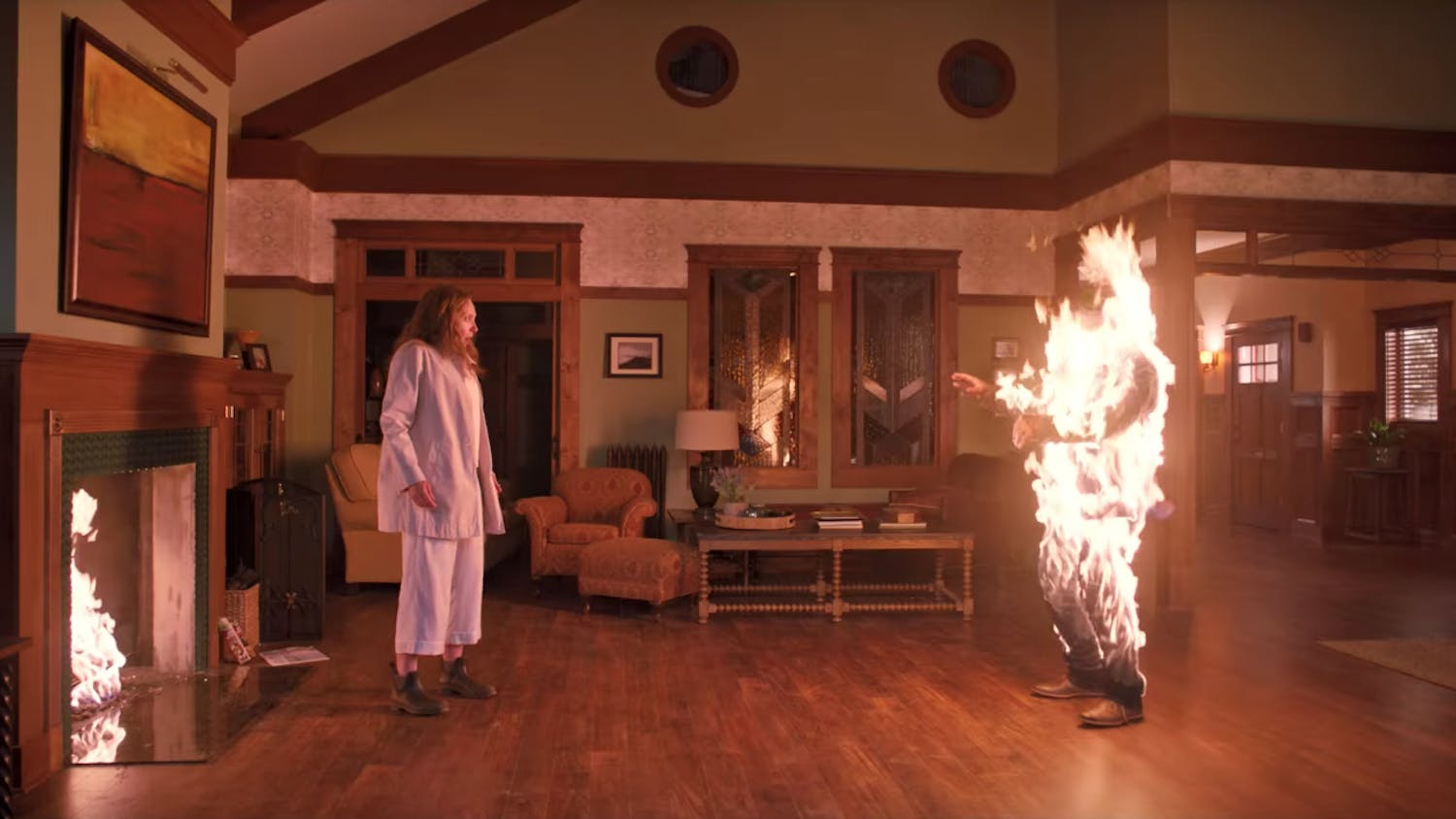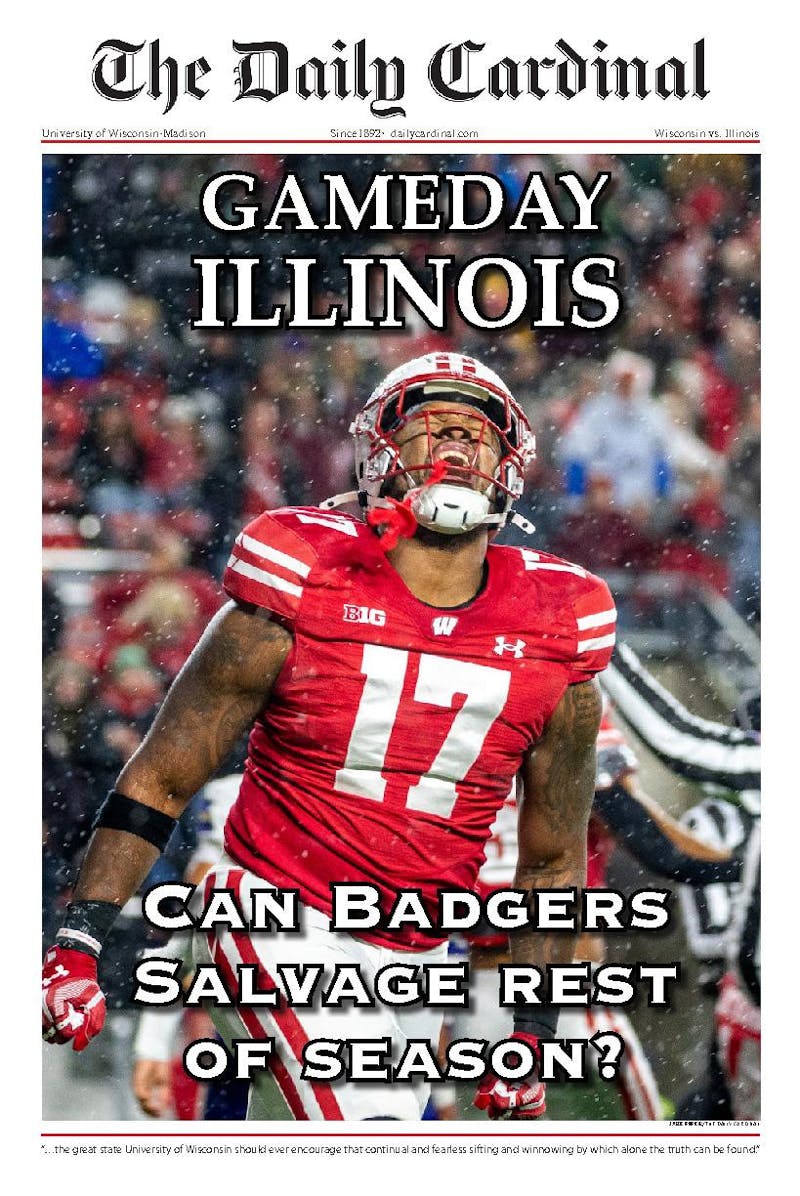When it comes to film adaptations of young adult literature, this year has been a long slog through mediocrity. From the impressively forgettable “Beautiful Creatures, Mortal Instruments,” and “Percy Jackson” films to the mixed bags that were “Ender’s Game” and “The Book Thief,” Hollywood has been giving credence to the bookworm mantra “the book is always better than the movie.”
Luckily for movie-goers, there’s still one series rising above the ashes and spreading its wings more assuredly than ever. “The Hunger Games: Catching Fire” is a tense, smart and emotionally wrenching thriller that surpasses its predecessor and serves as a reminder of why we still bother translating books to the screen.
The film opens soon after Katniss Everdeen and Peeta Mellark, victors of the 74th Hunger Games, have returned home. As victors, they’ve been promised a life of comfort… as long as they toe the Capitol line. The propaganda party starts right away as they are whisked across the nation on their Victory Tour and forced to speak platitudes about the generosity of the Capitol to discontented audiences.
Katniss is placed in a delicate position. She has unwittingly become a symbol for a revolution. But in order to protect her family Katniss must convince the masses she is a lovesick schoolgirl, not a budding rebel. Despite her desire to please the Capitol, she can’t help her outbursts of human decency, especially when it comes to speaking about Rue, the young girl she befriended and buried in the arena.
Katniss makes a compelling lead because she is neither the selfless hero of many adventure franchises nor the melodramatic heroine fixated on romance. Despite the media firestorm that surrounds her and attempts to mold her image, Katniss remains a young woman desperately trying to support herself and her family. She is a girl hardened into a warrior by strife and fear and left ill-equipped to trust anyone. Jennifer Lawrence plays Katniss to perfection once again, taking her on a journey from careful stoicism to seething rage.
However, not everyone is impressed with Katniss, including President Coriolanus Snow, a malicious, snowy-bearded Donald Sutherland, who realizes the threat she poses. At first he seeks to manipulate her, knowing a mouthpiece is better than a martyr. But when she fails to quell the rebellion, Snow decides a different sort of quelling is needed—he declares the victors of previous games will return to the arena in the 75th Hunger Games.
The handling of these experienced victors is a large part of what elevates this film above the first. In the initial installment many of the other tributes were one dimensional bullies and victims. While this was somewhat unavoidable with 24 tributes being introduced, a bit more could have been done to complicate those characters. In “Catching Fire” the victors are not children or teens but full-fledged adults—adults who went through the horrors of the games and have borne the psychological scars for many years. They are a vibrant and varied bunch. Some have successful careers, families and fame while others are drunkards and drug addicts. Yet they are united in their contempt for the Capitol, which pervades the film as they attempt to leverage their popularity to stop the games.
Having so many new faces to sympathize with makes the games themselves more engaging and suspenseful. More people to love also means more people to fear for and “Catching Fire” doesn’t waste a moment in making us care for these people. Finnick Odair is as charming, clever and vulnerable as fans could hope and Johanna Mason provides a potent blend of sorrow and sass, giving us a glimpse of what Katniss might be if she lost everyone she loved. There’s scarcely a weak link among the distinguished cast.
The second film also gets away with more horrific moments. While the first film resorted to shaky camera shots to obscure children slaughtering children, the action scenes in “Catching Fire” are much smoother and more shocking. While much of the terror in the first film came from the visceral horror of young murder, the horror that pervades “Catching Fire” is often of a more psychological variety. Katniss and Peeta suffer from Post Traumatic Stress Disorder as they endure nightmarish flashbacks. Katniss comes to terms with the paranoia caused by being under constant surveillance, her life broadcast as entertainment. This realistic handling of human reactions to violence and fear keeps the film’s more extravagant moments grounded.
And speaking of extravagance, the film looks glorious. Just as the opulent Capitol spared no expense in making the Quarter Quell as impressive as possible, the increased budget of “Catching Fire” clearly shows. From the much-improved computer-generated imagery to the rich environment of the arena to the textured costume and set design, everything about the futuristic world of “The Hunger Games” is brought to more vivid life in this installment.
All in all, the new creative team has proven that adapting “The Hunger Games” series to film was a worthwhile venture. Author Suzanne Collins’“The Hunger Games: Catching Fire” sickens even as it inspires, offering thrills and tears in equal measure.
Rating: A-





